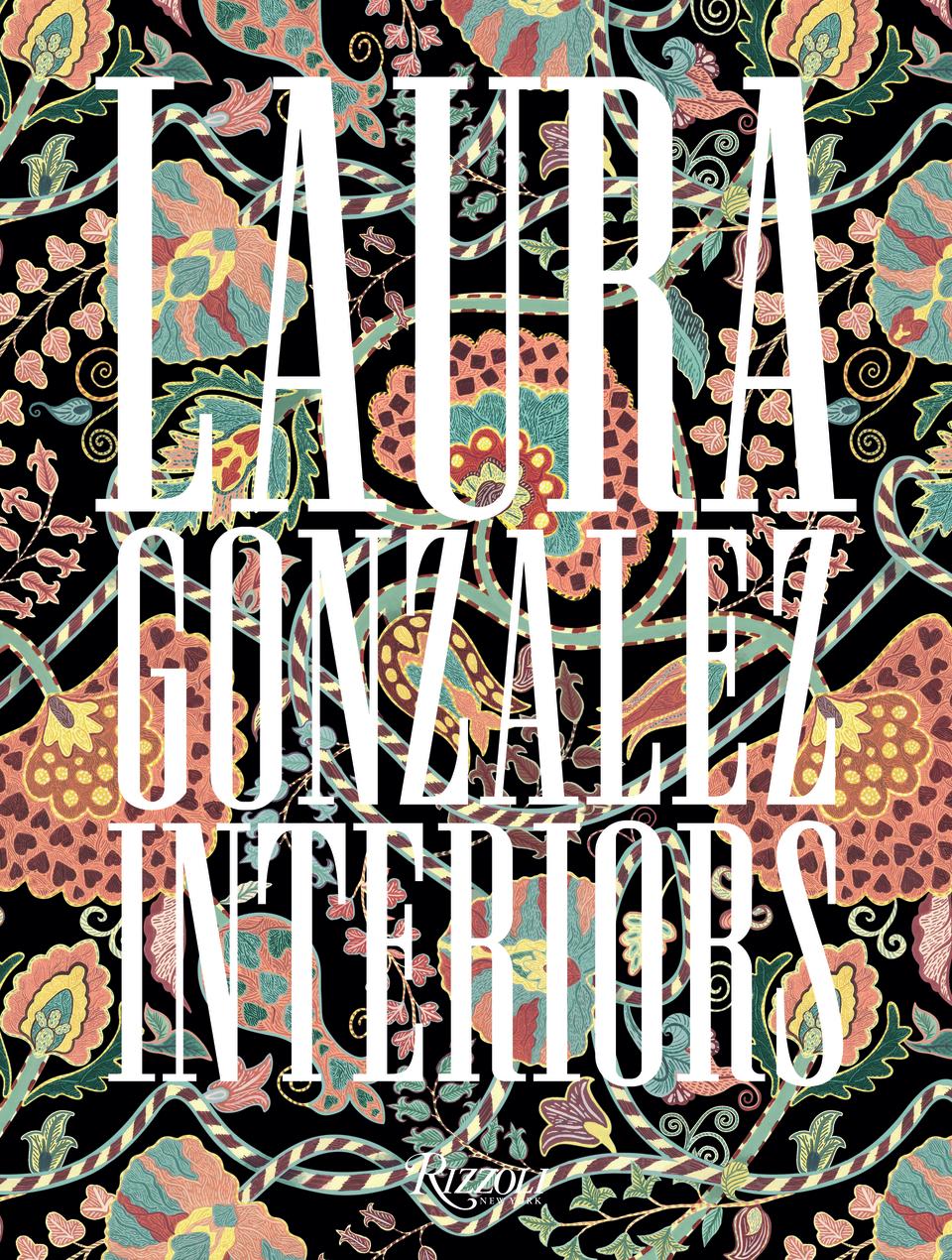Inside Laura Gonzalez’s Design World
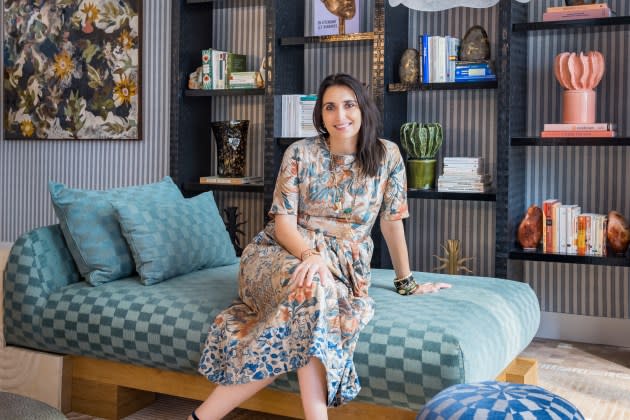
To step inside the world of Laura Gonzalez is like falling down the rabbit hole — full of color, texture and a little bit of fantasy.
She’s sprinkled some of her magic on Paris landmarks, including La Pérouse and the Saint James Hotel, and is about to transform an historic bank building in New York into the first American outpost of famed Parisian department store Printemps.
More from WWD
The prolific interior designer has worked on more than 100 projects in the past decade. Now she has tried to sum them all up in a 256-page tome, out Tuesday.
Fronted by a luxe fabric cover that took more than 100 iterations to get just right, inside she explores everything from the Cartier mansion to her own country home. To get there, she took an unconventional route. Instead of chronological order or an exhaustive listing of rooms, Gonzalez arranged the pages like a portfolio full of personality.
“My idea was not to make a standard architectural book,” she said. “I wanted to make something that reflected my character, which is very expressive and joyous.”
“I didn’t want to represent all my work, I wanted to represent this character, which is a symbol of my work. I don’t need to show all the bathrooms, or clubs, or restaurants.”
She included material boards for each project, including personal photos or inspiring works of art. The pages are meant to really represent the soul of each project.
For some of the past projects, Gonzalez needed to revisit the work and recreate the boards, which, though labor intensive at the time, proved to be a guide. “We were going back into the past and afterwards, finding the link between each chapter was more intuitive — more about color, theme, ambiance and vibe.”
She worked with Cabana Magazine cofounder and creative director Christoph Radl on design and former Architectural Digest France writer Cédric Saint André Perrin on the words.
More than a prescription of “how to decorate,” Gonzalez envisions says the book is presenting a “mix of love and culture.”
“I want the reader to understand the journey,” she said. “I want them to have a look inside my own head and my style. I want to have them travel between all the references I bring to my project.”
Gonzalez’s love of textiles has roots in her childhood. “I made a big research in my head about this, and when I was small my first room was all Pierre Frey fabric with big flowers and bees,” she said. It was the first decade of her life, and she couldn’t put up posters or stickers like other kids. “I hated it when I was small. It was very busy and for a little child it was too much, but I think in the end it helped educate my eye for patterns and colors.”
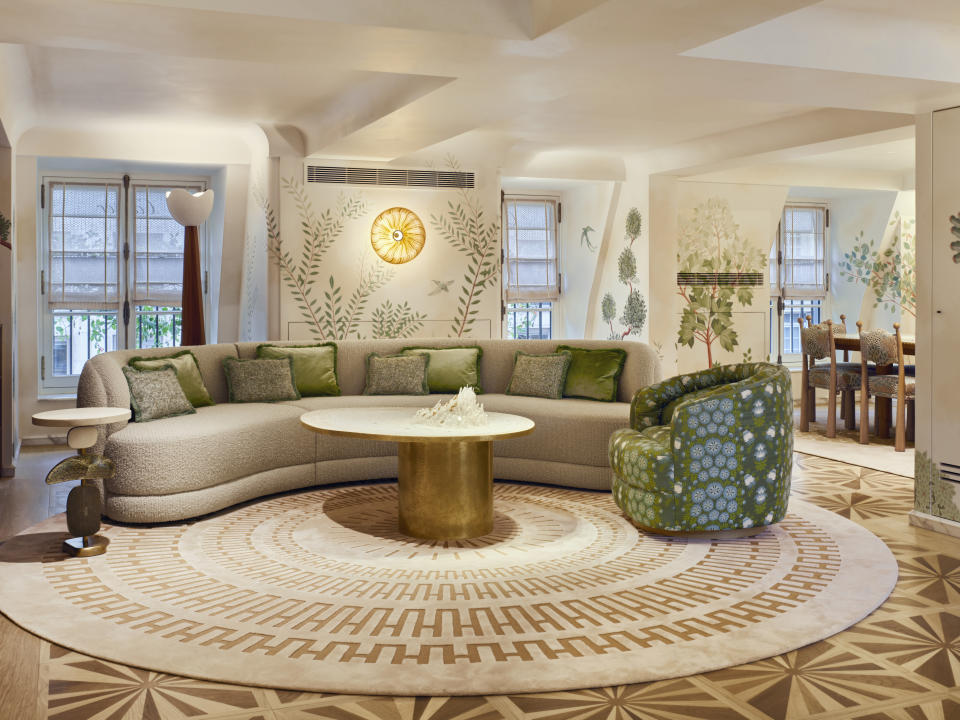
The mother of three is dedicated to working with sustainable materials, from textiles to the components of her furniture.
“I’m working with brands and with luxury, and I try to educate myself first about how we can build better, but also educate my clients on this,” she said. “It’s a long process — in luxury especially.”
For her furniture collection, she doesn’t carry stock and everything is crafted by artisans in France. She’s also trying to use unconventional materials in new ways, such as a lamp made of papier-maché with an ahimsa silk shade, a delicate process which leaves the worms to live another day.
“We are trying to make design and luxury in conscious materials,” she said. “It opens me up to a new adventure, and it’s a good playground — but it’s also radical. For me it’s not a choice.”
She has been busy at work on the Printemps outpost in New York, due to open in the first quarter of next year. She says its less a department store and more a “giant concept store.” In the design, she is using a lot of upcycled materials and experimenting with 3D printing.
The concept is still centered around a high level of personal service, which she believes is key for the future of retail. But Gonzalez moved away from the initial impulse to put screens everywhere due to their impact on the environment, and instead made it a people-centered design and is collaborating with artists.
There will still be elements of high tech while preserving the heritage of the building’s protected status, she said, with many original elements being restored. “We don’t need to destroy and recreate; we can rebuild the story. ‘We build with what we have’ is the new trend.”
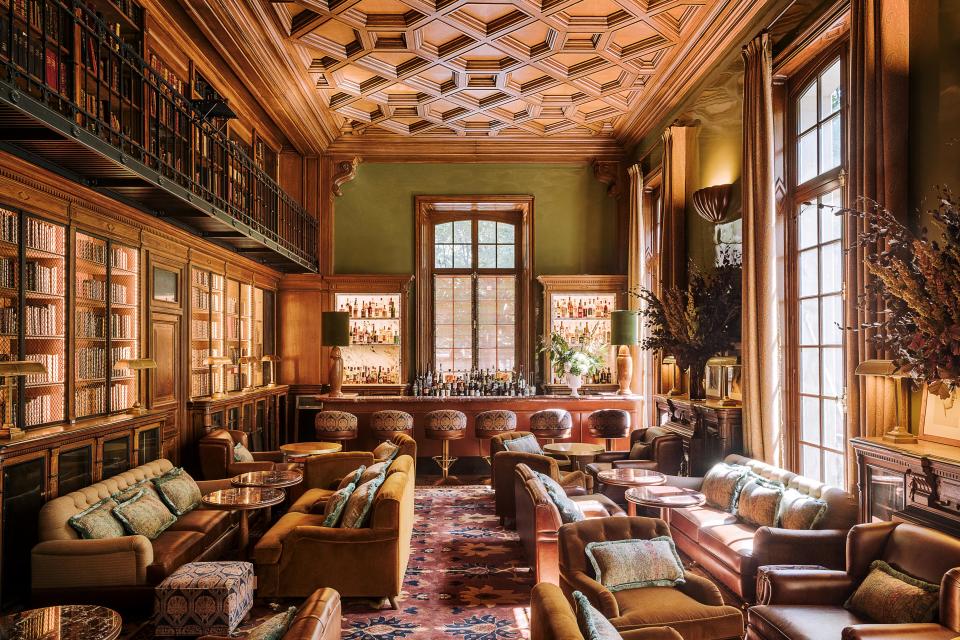
Fashion trends tend to swing to extremes — it’s dopamine dressing one season and quiet luxury the next. Interior design can have the same impulses, but she wants to create things that are more durable and classic, even if they are bold.
“We’ve been through minimalism, maximalism. It’s nice in life not to be so extremist. The new way of doing that is just to have the consciousness to design differently, and not to try to be in every trend,” she said.
Gonzalez connects the fashion and design worlds, and regularly attends shows such as Dior. She praised Pharrell’s Louis Vuitton debut from June for using the Pont Neuf bridge. “Fashion shows are being reinvented,” she said. “We have a lot of beauty everywhere, so let’s use the beauty we have and be creative and smart.”
She works with a source that rescues materials from fashion shows that she can reuse and upcycle. For example, the furniture in the playroom at Printemps will be made out of upcycled fashion show leftovers.
She updates her gallery in Paris’ 7th arrondissement with new scenographies; the latest is a typically Gonzalez explosion of color. “It’s really about a conversation with artists, craftsmen and a more spiritual and intellectual way of doing design,” she said.
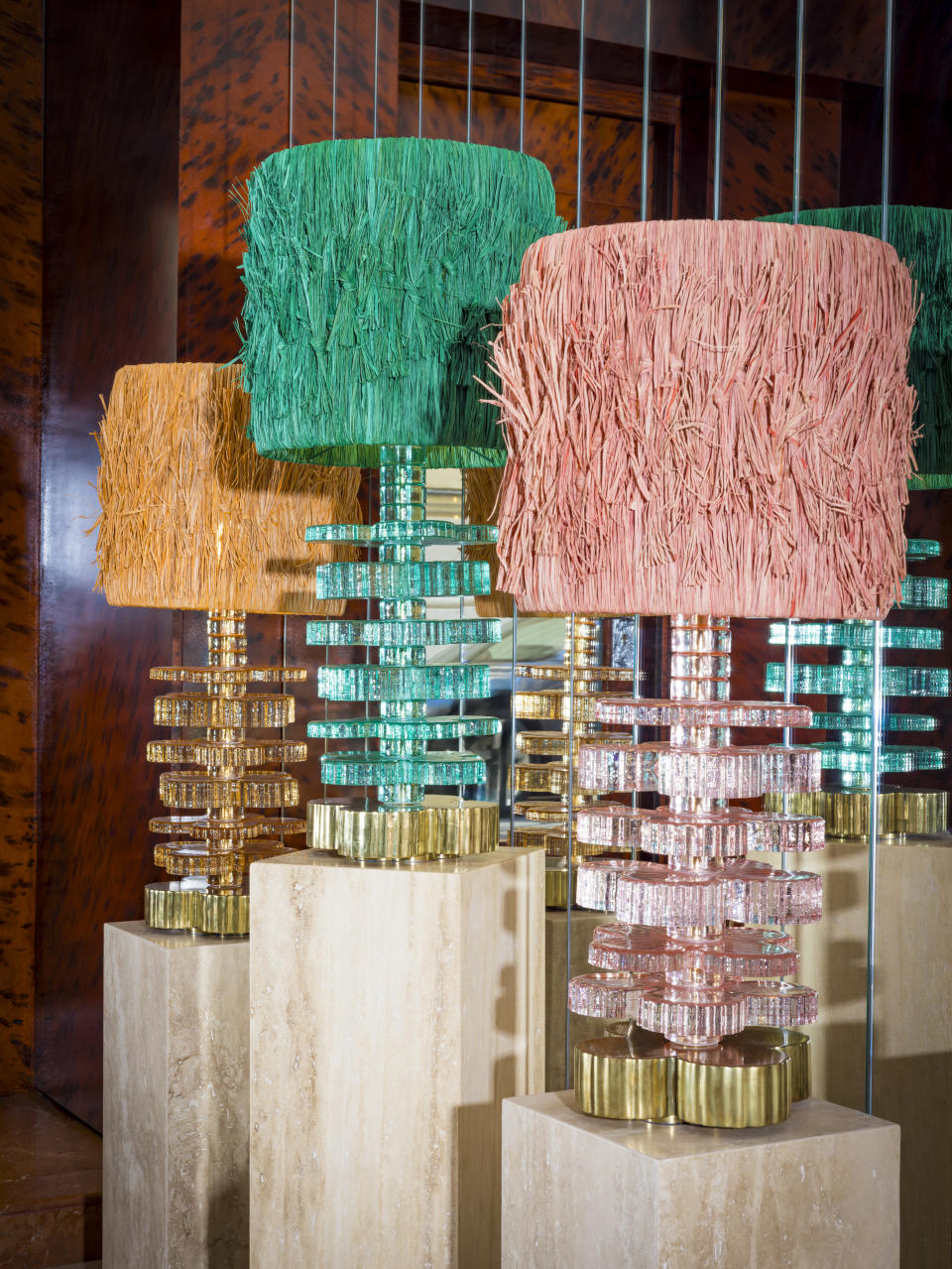
During fashion week she can be found at La Pérouse. “Not because I designed it,” she jokes. “But also because it’s a very historical Parisian place. I always call it a sexy classic. It’s the quintessence of Paris really.”
For her next Paris project, Gonzalez is working on the Hotel Hana near Opera. The upcoming boutique property will be her signature eclectic mix of prints and colors, mixed with the neighborhood’s Art Nouveau roots and Japanese minimalism.
It’s that mix — traditional, local and still globally eclectic — that mark her work. There’s a signature style, but in the end, it’s up to the space to speak up.
For an upcoming beach hotel, she realized that nature had to be the star, but sometimes, if a project is too blank she pours herself inside. “It depends on what the place brings to you or what you need to bring to the place. If it’s a basement and there’s no soul, then I need to put my soul into it.”
